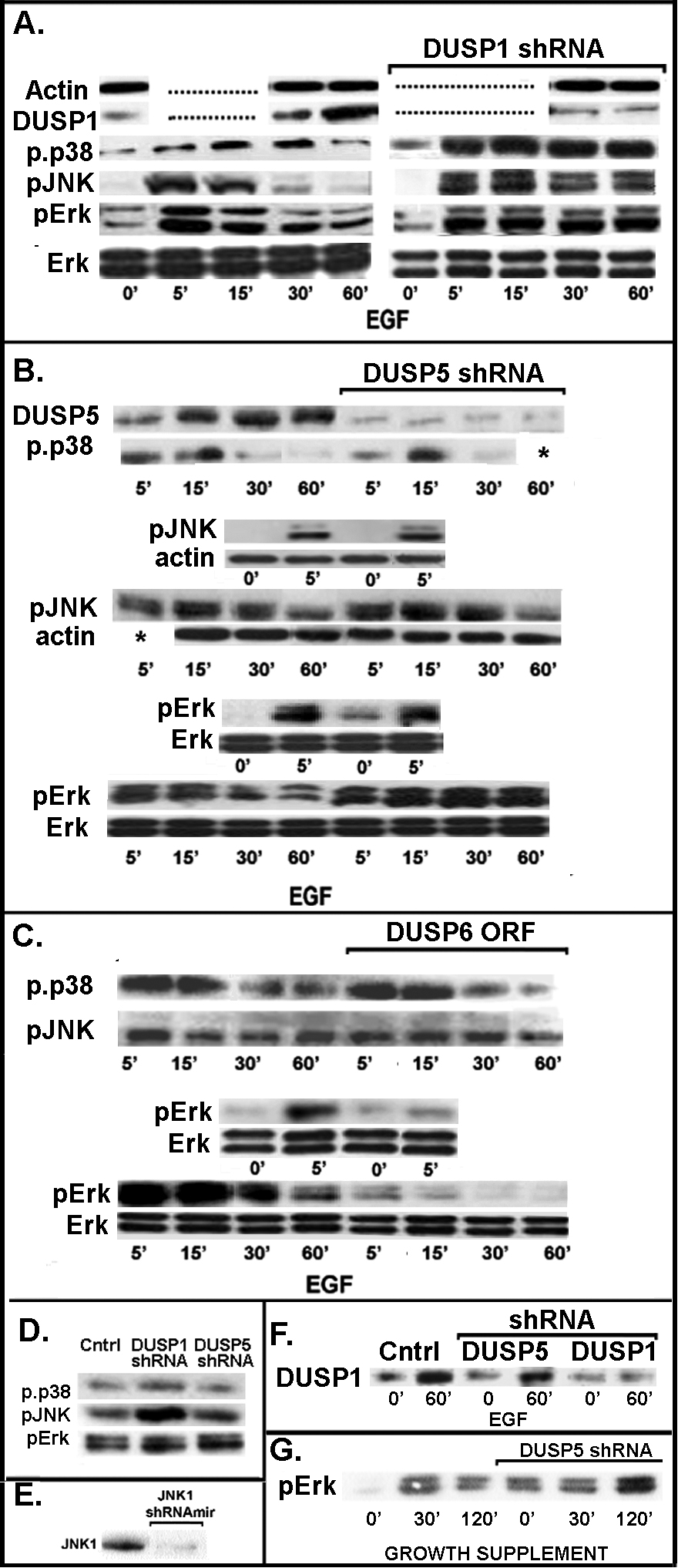Figure 2. Effects of DUSP1, DUSP5, and DUSP6 expression changes on the steady-state and post activation time course of terminal kinase phosphorylation in svHCEC and efHCECs
cells. A: Effect of DUSP1 shRNAmir. The antisense agent prevented the post EGF activation increases in DUSP1 protein and concomitantly abolished or
diminished the decline in the initial EGF induced phosphorylations of Erk1/2, JNK1/2, and p38 normally occurring in the control.
B. Effect of DUSP5 shRNAmir. The antisense agent completely blocked the post-EGF increase in DUSP5 protein levels and abolished the post peak
decline in pErk1/2 phosphorylation. This agent did not visibly modify the time course of the phosphorylation responses of
JNK1/2 or p38. C. Effects of overexpression of DUSP6. Phosphorylation of Erk1/2 in response to EGF was virtually abolished. The effects on the other two terminal kinases were
nil or minimal. D. Comparison of the effects of shRNAmirs against DUSP1 and DUSP5 expression on the phosphorylation of the terminal kinases in cells growing in log phase (50%–80% confluent) in whole culture
medium. Both antisense interventions increased pErk1/2 steady-state levels. DUSP1 selectively increased pJNK1/2 phosphorylation.
Neither had an effect on p-p38 steady-state expression. E. Effect of expression of JNK1 shRNAmir on the expression of JNK1 protein in svHCEC cells. F. Experiment showing that the permanent transduction with DUSP5 shRNA does not interfere with the rise in DUSP1 protein that occurs after cell reactivation with EGF. G. Effect of DUSP5 shRNAmir on pErk1/2 phosphorylation in the efHCECs cells. Blots A-E are representative of two or more repeats.

 Figure 2 of
Wang, Mol Vis 2010; 16:1696-1704.
Figure 2 of
Wang, Mol Vis 2010; 16:1696-1704.  Figure 2 of
Wang, Mol Vis 2010; 16:1696-1704.
Figure 2 of
Wang, Mol Vis 2010; 16:1696-1704. 